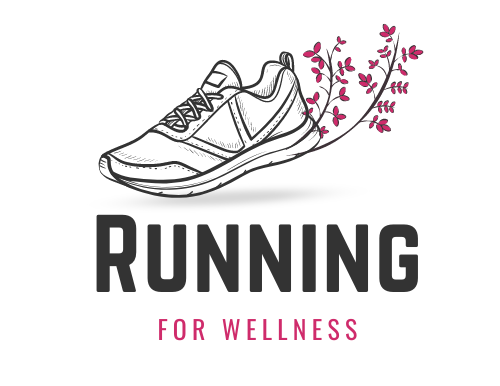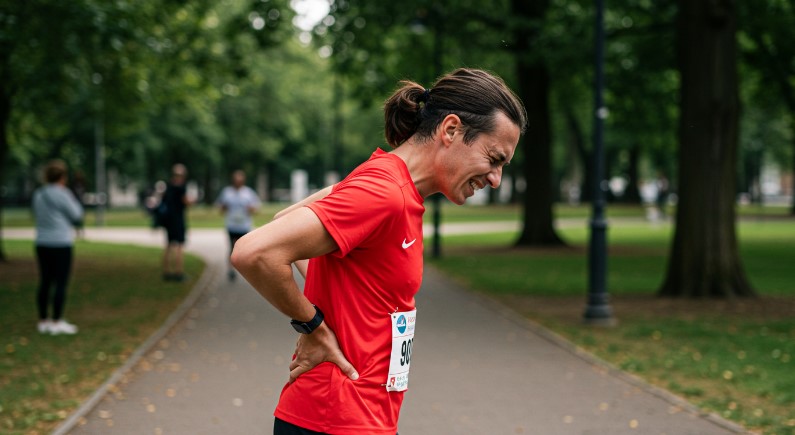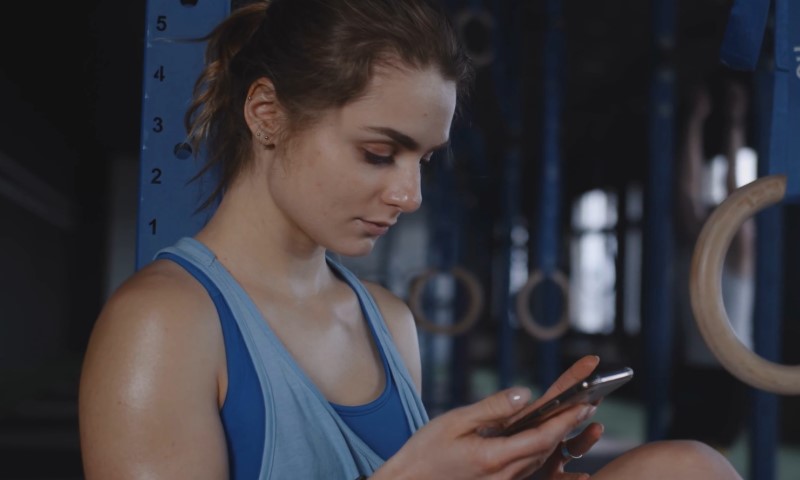Tight hamstrings are not just a minor annoyance; they are a direct, measurable cause of lower back pain for many people.
The concrete reason is this: when your hamstrings are tight, they limit pelvic mobility, forcing your lower back to overcompensate during everyday movements like walking, sitting, and bending. This repeated strain can lead to chronic lower back discomfort, stiffness, and even injury over time.
Studies back this up: a 2015 review published in Physical Therapy in Sport found a strong correlation between hamstring tightness and lower back dysfunction, particularly in people who sit for long periods or have sedentary jobs.
Table of Contents
ToggleThe Anatomy Behind Tight Hamstrings and Back Strain
| Structure | Function | Effect of Tightness |
| Hamstrings | Flex the knee, extend the hip | Restrict pelvis movement |
| Pelvis | Transfers force between the spine and legs | Becomes less mobile, tilts |
| Lower back (lumbar spine) | Stabilizes trunk | Compensates with extra movement |
When the hamstrings are tight, they pull downward on the pelvis, causing a posterior pelvic tilt (where the pelvis tucks under). This alters the natural curve of your lumbar spine, flattening it unnaturally.
A healthy lower back relies on a slight curve (lumbar lordosis) to absorb shocks. Flattening that curve stresses the discs, muscles, and joints in ways they weren’t designed to handle.
How Tight Hamstrings Change Your Posture

Tight hamstrings don’t just impact isolated movements; they change your entire posture.
You might notice:
- A tucked-under pelvis
- Flattened lower back
- Hunched or rounded shoulders
- Constant feeling of needing to “stretch out” your back
According to a 2018 study in the Journal of Physical Therapy Science, individuals with reduced hamstring flexibility showed significant deviations in spinal curvature during standing and walking, which directly contributed to mechanical lower back pain.
The result? Even basic standing and walking become a slow grind on your back, setting up chronic problems.
How It Affects Everyday Movements
| Activity | Impact When Hamstrings Are Tight |
| Sitting | Increased pelvic pressure, slumped back |
| Standing | Inability to maintain the lumbar curve |
| Walking | Reduced stride length, awkward gait |
| Lifting | Extra strain on lumbar discs |
Movements like bending down to tie your shoes or reaching into the back seat of a car suddenly become difficult and risky. Instead of hinging at the hips, people with tight hamstrings round their backs, putting shear forces on the lower vertebrae. Over time, this creates cumulative stress that can lead to disc degeneration or herniation.
Hamstring Tightness and Nerve Compression
A 2020 clinical review in The Spine Journal emphasized that addressing hamstring flexibility was an essential component of non-surgical treatment plans for sciatica-related pain.
In cases where nerve pain or back discomfort doesn’t improve with self-care strategies, seeking an evaluation from a professional, such as a chiropractic clinic specializing in musculoskeletal conditions, can be a smart next step to identify underlying movement restrictions and develop a targeted recovery plan.
Why Simply Stretching Isn’t Always Enough
Stretching your hamstrings is important, but it’s not the only solution. If your hamstrings are tight because of poor posture, prolonged sitting, or muscular imbalances, simply yanking on them during a few stretches won’t solve the root cause.
You also need to:
- Strengthen glutes and hip flexors
- Improve overall core stability.
- Train your pelvis to move freely again.n
A comprehensive approach prevents a frustrating cycle of endless stretching with minimal real progress.
Signs That It Might Be Contributing to Your Back Pain
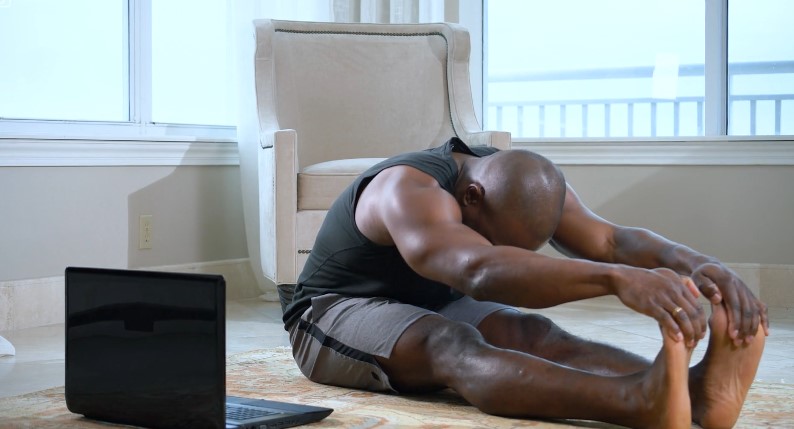
| Sign | What It Indicates |
| Difficulty touching toes | Limited hip mobility, hamstring tension |
| Discomfort sitting for long periods | Pelvic tilt stresses the lower back |
| Flat appearance in lower back posture | Lack of natural lumbar curve |
| Back aches after walking or lifting | Over-reliance on the lumbar spine |
If you recognize even a couple of these signs, it’s a strong clue that your hamstrings are playing a bigger role in your back pain than you might realize. The body is incredibly good at adapting to tightness and weakness, but those adaptations often come at a cost, especially for your lower back.
Tight hamstrings limit your ability to hinge properly at the hips, which means the lower spine has to flex and strain to make up the difference. Over time, this repeated compensation stresses the discs, ligaments, and muscles in your lumbar region, setting the stage for chronic pain or even more serious injuries like herniated discs.
The earlier you spot these warning signs, the easier it is to correct the issue before it becomes a long-term problem. If you find yourself struggling with things like bending over, sitting comfortably, or maintaining good posture without thinking about it, it’s a clear signal: your hamstrings need attention, not just through stretching, but through smarter movement training and better body mechanics.
Risk Factors That Make It Worse

Some people are more prone to hamstring-driven back pain than others.
Key risk factors include:
- Sedentary lifestyles (sitting 6+ hours per day)
- Poor lifting mechanics
Weak core muscles - Poor ergonomics at work
For example, office workers who spend most of their day sitting are particularly vulnerable.
A 2019 study published in BMC Musculoskeletal Disorders found that desk workers had significantly tighter hamstrings compared to those in an active job, and were twice as likely to report lower back pain.
Corrective Strategies You Can Start Right Now
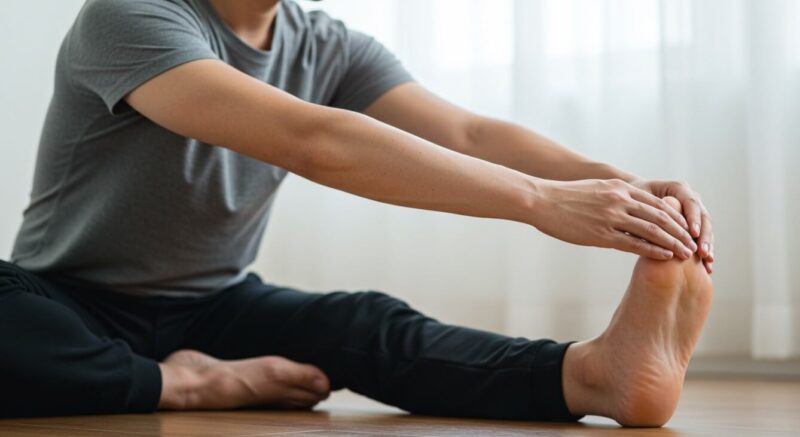
Rather than endless passive stretching, a more effective plan involves:
- Dynamic hamstring stretches (like leg swings)
- Glute activation exercises (like bridges and clamshells)
- Core stabilization (like dead bugs or bird-dogs)
- Hip mobility drills (like deep lunges)
These exercises don’t just stretch the muscles—they retrain your body to move correctly and restore balance to your hips, pelvis, and spine.
For serious, persistent pain, working with a physical therapist can help you tailor the best corrective routine for your body.
Final Thoughts
Tight hamstrings are not just a side effect of inactivity—they are an active contributor to lower back pain. When they limit your pelvis, they force your lower back into roles it wasn’t designed to handle, leading to chronic stress and injury.
The good news? Hamstring tightness is highly fixable with a smart, consistent approach.
Address the problem early, and you can dramatically reduce your back pain, improve your posture, and move through life with a lot more freedom and ease.
